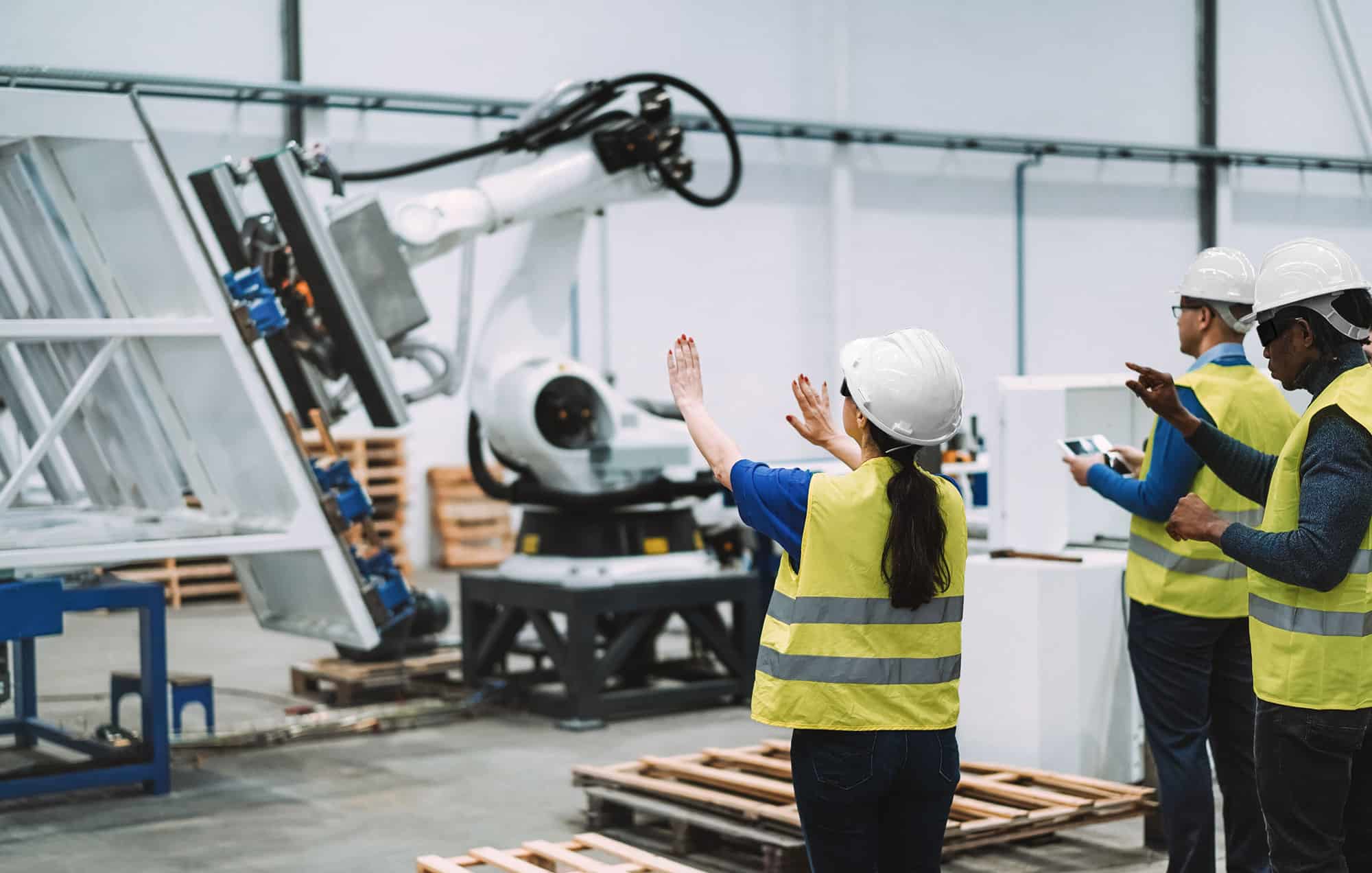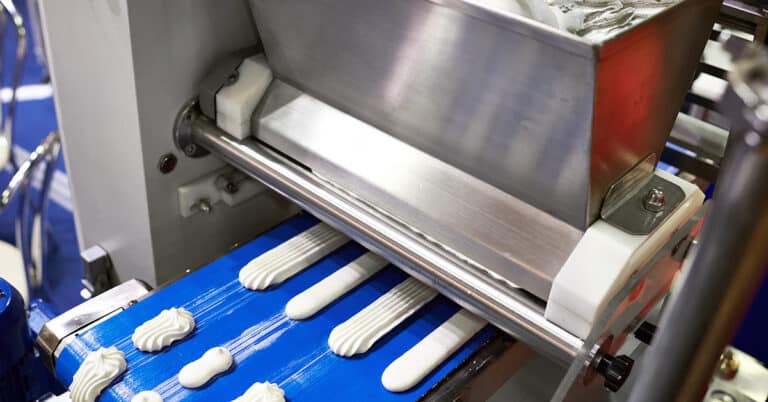Manufacturing Day is all about inspiring the next generation of workers to pursue careers in the industry. Learn how your organization can attract and retain new talent here.
Manufacturing Day falls on the first Friday in October every year and is the perfect time to think about the future. The future, in a word, is people. More specifically, those on the verge of considering their career path. Numerous surveys and studies have found the next generation is generally disinterested in pursuing careers in manufacturing in a time when the industry needs them most. So the question begs, how do manufacturers and educators inspire interest in this field?
The skills gap.
A key challenge to implementing new technologies and methodologies on the factory floor continues to be a lack of resources or staff, along with a lack of understanding everyday use of these new technologies by current staff. This is the impact of the skills gap: the challenge faced by a majority of manufacturers to replace retiring workers with individuals who have technical adaptability and a skill set required for complex manufacturing processes of the future. This is why it is vital that we take action now to grow the next generation of industrial workers.
- Many of our skilled manufacturing workers are retiring, and the numbers of workers necessary to fill the empty positions have not kept up: the United States is short 500,000 manufacturing workers of what we need today, according to a recent study by Deloitte.
- A 2021 survey published by the Manufacturing Institute says that 2.1 million manufacturing jobs will go unfilled by 2030 due to the skills gap.
Widening the gap.
What is the driving force behind the widening of the skills gap and manufacturing’s struggle to replace retiring, skilled workers? It’s often the attitudes and perceptions the next generation has about the state of manufacturing today — along with their parents, educators and others that influence them:
- A survey by Fabricators & Manufacturers Association, International showed a majority of teens have little or no interest in manufacturing — because they plan to seek a “professional” career.
- A recent Deloitte study said millennials ranked the manufacturing industry as their least preferred career.
- The same associations said less than 5 in 10 Americans believe that manufacturing jobs are interesting, rewarding, clean, safe, stable, or secure.
The positive reality.

Although the above facts seem dismal and overwhelming, the reality is truly bright:
- The demand is real. The skilled labor shortage presents many challenges for manufacturers, but also opens the door for the next generation of workers looking for a rewarding career.
- Manufacturing is largely becoming a digital environment – long gone are the dark, dirty caves of yesteryear. The majority of manufacturing facilities are now clean, bright, modern and exciting.
- Opportunities are growing exponentially for highly-skilled workers like technicians, machinists, fabricators, tool and die makers, and electricians.
Changing perceptions: Gain interest, retain talent.
It is up to manufacturers, associations and technical schools to make careers within the manufacturing realm appealing to future generations. What can you do to help change perceptions?
Here are some examples:
- Host trade demonstrations or informative and entertaining lectures at your facility.
- Attend career days or job fairs at local schools.
- Invite students to tour your facility.
- Host a Manufacturing Day event alongside more than 3,000 events held nationwide each year.
- Emphasize vocational education as a valuable one — without the expense of a traditional four-year degree.
- Disclose the benefits: most manufacturing careers come with competitive compensation, healthcare, and retirement plans that are in line with many entry-level “professional” jobs.
- Emphasize the great work-life balance manufacturing careers can offer – this is important to both millennials and members of Generation Z.
- Encourage employees to be industry ambassadors by having them host or be a mentor an apprentice program.
Once there is interest:
- Describe manufacturing positions as not “just a job,” but a career opportunity that comes with many possible personal benefits such as paid internships, apprenticeships with job guarantees, and increased pay for advanced skills attained.
- Offer competitive entry-level wages to secure the technically skilled individuals you need. Good students with credentials in advanced math, engineering, and science are primary candidates for life-long careers in manufacturing.
Once the talent is hired:
Keep the focus on education by providing continuous training that leads to higher technical status. Millennials and Generation Z are known for their desire to learn more and excel fast, and will work hard in order to receive all the benefits that come with advancing in their career, as mentioned above.
By implementing at least a few of the efforts above, we can hopefully begin to mend the skills gap crisis, inspire the next generation of skilled talent, and begin to experience an evolved, more technology-driven era in manufacturing with our bright, next-generation workforce leading the charge. So let’s celebrate Manufacturing Day by making sure we are making strides to attract and retain a strong manufacturing workforce. Working in manufacturing can be an extremely rewarding career, and it is up to all of us in the industry to show the next generation why.






